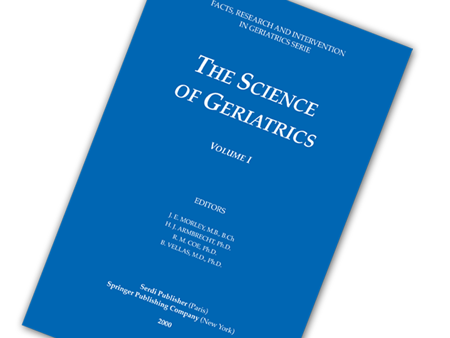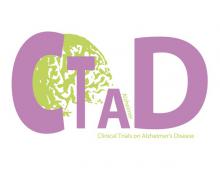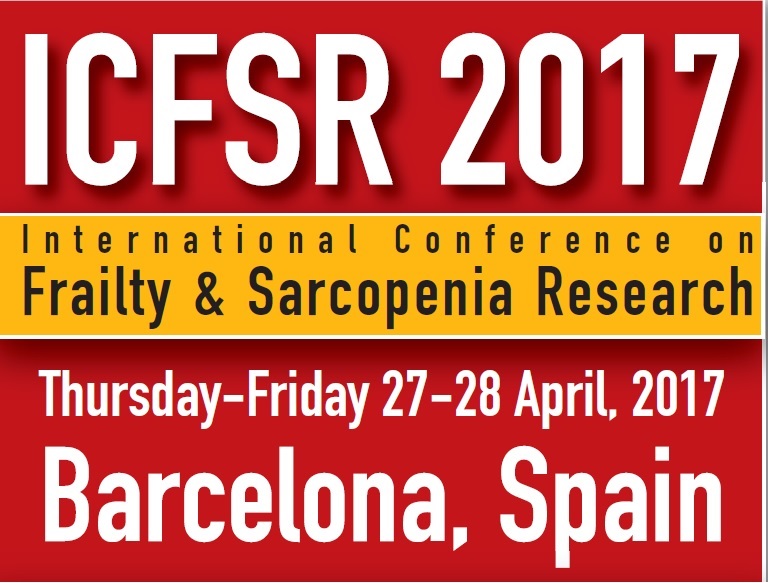To study markers of aging, Ahadi and al. used a “multi-omics” approach: with the study of transcripts, proteins, metabolites, cytokines, microbiota, biological markers; on a cohort of 106 healthy individuals, or pre-diabetics patients, aged between 29 and 75 years old. These individuals were followed longitudinally, with quarterly visits for up to 4 years. Different samples were collected during this period, and additional samples were collected during physiological stress periods (respiratory viral infections for example).
To understand the different aging processes, the researchers carried out three analysis:
- Identification of markers and biological pathways associated with the aging;
- Identification of the differences in biological aging between insulin-resistant participants and those sensitive to insulin;
- Identification of individual biological markers and biological pathways that have changed during aging, for each participant.
To identify the biological markers strongly correlated with age, they used statistical tests with Spearman coefficient.
The researchers identified 87 biomarkers and microbial characteristics correlated with age with a false discovery rate <0.1 and 184 others with a false discovery rate <0.2 (including GFR, other growth factors, metabolites / lipids , xenobiotics, Clostridium, Blautia, TLRs pathway, coagulation pathway, HbA1c, ApoA4, PROS1).
Among the differences between insulin-resistant (IR) and insulin-sensitive (IS) patients, they highlighted 10 markers correlated with age in the IR cohort, and not in the IS cohort (including FCGBP, LUM, SCP2).
More individually, the researchers studied the consequences of lifestyle, physical activity and treatment, on the aging process of each participant. In some cases, the interventions (physical activity, treatments…) can improve clinical markers, while in other cases, the source of their improvement is unknown.
Finally, they used the formula of Liu, Z. et al. (2018) to give a phenotypic age to participants of the cohort. The phenotypic age increases with metric age as expected, but the age slopes differ between the different participants. These results suggest that individuals are aging at with rates and potentially through different biological mechanisms. Each participant may have distinct aging patterns. Ahadi team defined different types of aging models called “ageotypes”. These ageotypes have been defined with the types of molecular pathways that have appeared over time in the individual. Four main pathways show to be associated with aging: immunity, metabolism, renal dysrégulation and liver dysregulation. The immune and inflammatory pathways are the main pathways that change during aging.
Ageotypes can provide a molecular test of aging, on individual, reflecting personal lifestyle and medical history. This new definition can be useful for monitoring the aging process, and prevention if necessary.
(1) Sara Ahadi, Wenyu Zhou, Sophia Miryam Schüssler-Fiorenza Rose, M. Reza Sailani, Kévin Contrepois, Monika Avina, Melanie Ashland, Anne Brunet & Michael Snyder. Personal aging markers and ageotypes revealed by deep longitudinal profiling. Nature Medicine, 2020 DOI: 10.1038/s41591-019-0719-5



